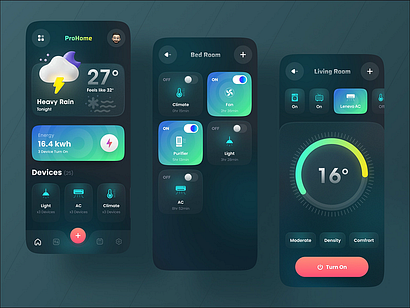
As the world is moving towards mobile-first designs, having a responsive carousel system that is visually appealing and easy to use is essential for a website or application. In this article, we will explore how to use Figma and Midjourney to create and design a Carousel system in HTML and CSS that works on mobile UI. We will also learn how to use AI tools to speed up the process.
Figma is a powerful design tool that allows designers to create UI elements, including perfect circles, gradients, drop shadows, and text. It also has a prototype mode to help designers automatically transition between two header images. On the other hand, mid-journey is a web development tool that allows developers to convert Figma designs into code, making the coding process faster and easier.
Designing UI Elements in Figma
To design UI elements in Figma, we must first create a new file and select the device size for preparing the carousel. We can then use Figma's vector tools to make the UI elements, including buttons, text, and images. Ensuring that all colours, borders, and font sizes match for a cohesive and polished look is essential.
Tracing UI Elements in Figma
Once we have designed the UI elements, we must trace them to ensure they are readily convertible into HTML and CSS code. Tracing involves creating layers for each UI element and naming them appropriately. This will make it easier to export SVG and CSS code from Figma to use in HTML and CSS coding.
Exporting SVG and CSS code from Figma
Once we have traced the UI elements, we can export SVG and CSS code from Figma to use in HTML and CSS coding. We must select the UI element layer and click the export button to export the code. We can choose the export format, including SVG and CSS, and ship the code. This will generate the principle we can copy and paste into our HTML and CSS files.
Using Midjourney to Convert Figma Designs into Code
Midjourney is a web development tool that can convert Figma designs into code, making coding faster and easier. To use Midjourney, we must first create and link a Midjourney account to our Figma account. We can then select the Figma file we want to convert and choose the export format, including HTML and CSS. Midjourney will then generate the code we can copy and paste into our HTML and CSS files.
Designing for Mobile UI
Designing for mobile UI is crucial as most people access websites and applications through their mobile devices. To prepare for mobile UI, we must ensure that the UI elements are easily accessible and easily used on smaller screens. We can achieve this by using a responsive design that adjusts to the device's screen size.
Using AI Tools to Speed Up the Coding Process
AI tools can help speed up the coding process by automating repetitive tasks. For example, we can use an AI tool like CodePen to generate HTML and CSS code for UI elements. CodePen uses machine learning to analyze our design and develop the corresponding code. We can then copy and paste the code into our HTML and CSS files.
In conclusion, creating a responsive carousel system using Figma and Midjourney for mobile UI is straightforward. We must design UI elements in Figma, trace them, export SVG and CSS code, use Midjourney to convert Figma designs into code, format for mobile UI, and use AI tools to speed up the coding process. By following these steps, we can create a visually appealing and accessible mobile UI.
Backlinks: